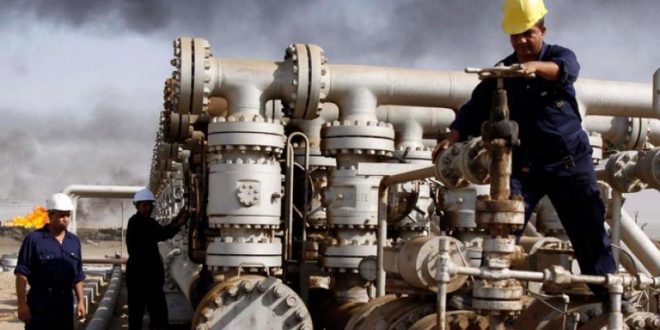Saudi Arabia’s outlook was cut to negative from stable by Moody’s Investors Service after the crash in oil prices exposed the vulnerability of the kingdom’s finances amid the global pandemic and its reserves plunged to the lowest level in almost a decade.
The rating company kept the sovereign at A1, its fifth-highest grade, according to a statement on Friday. Moody’s last downgraded Saudi Arabia in 2016, and now has its assessment above those of Fitch Ratings and S&P Global Ratings.
“The negative outlook reflects increased downside risks to Saudi Arabia’s fiscal strength stemming from the severe shock to global oil demand and prices triggered by the coronavirus pandemic, and from the uncertainty regarding the degree to which the government will be able to offset its oil revenue losses and stabilize its debt burden and assets in the medium term,” Moody’s said.
COVID-19 and oil price
Under strain from the coronavirus and collapsing oil prices, Saudi Arabia is headed for an economic contraction this year while increasingly drawing down its savings. In March alone, the central bank’s net foreign assets fell by more than 5%, or more than 100 billion riyals ($27 billion).
The government is looking to its largest-ever debt program to keep the depletion of reserves at up to 120 billion riyals, as originally planned in the budget. Finance Minister Mohammed Al-Jadaan has also laid out plans to scale back spending after already cutting 50 billion riyals in expenditure.
Fiscal deficit
Moody’s projects that Saudi’s fiscal deficit will widen to more than 12% of GDP in 2020 and more than 8% in GDP in 2021 from 4.5% of GDP in 2019. This will cause government debt to increase to around 38% of GDP by the end of 2021 from less than 23% of GDP in 2019, according to the statement.
The price of Brent crude crashed by more than 50% in March and has fallen further since then. It’s now trading around $25 a barrel – far short of the $76.1 the International Monetary Fund estimates Saudi Arabia needs to balance its budget.
Assuming a base case scenario of Brent averaging $35 and Saudi Arabia implementing further spending cuts this year, its fiscal deficit could widen to just under 15% of gross domestic product, according to Bilal Khan, senior economist at Standard Chartered Plc in Dubai.
“Limiting the drawdown in net foreign assets to pre-announced levels is certainly possible but would likely require additional borrowing, deeper spending cuts or further divestment of state assets,” he said.

 Iran Energy News Oil, Gas, Petrochemical and Energy Field Specialized Channel
Iran Energy News Oil, Gas, Petrochemical and Energy Field Specialized Channel



